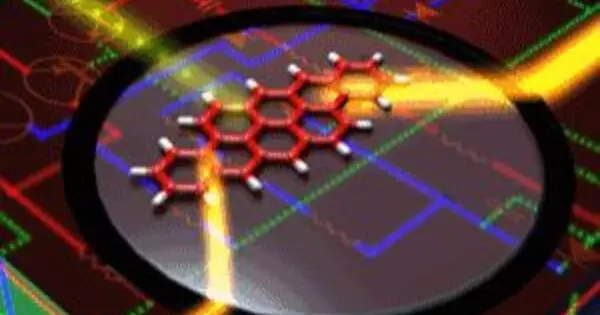A light valve, also known as an optical transistor, is a device that switches or amplifies optical signals. Light passing through an optical transistor’s input alters the intensity of light emitted from the transistor’s output, while output power is supplied by a separate optical source. Because the intensity of the input signal may be lower than that of the source, an optical transistor amplifies the optical signal. The device is the optical equivalent of the electronic transistor, which serves as the foundation of modern electronic devices
Optical transistors control the flow of photons through an optical medium, whereas electronic transistors control the flow of electrons through a semiconductor material. An optical transistor’s basic principle is the modulation of light intensity or phase by an external signal.
There are various methods for achieving optical transistor functionality. One common method is to create an optically controlled gate using a nonlinear material, such as a semiconductor. The gate can control the transmission or reflection of light passing through it by modulating the refractive index or absorption characteristics of the material.
Optical transistors are used in optical computing and fiber-optic communication networks to control light using only light. Such technology has the potential to outperform electronics in terms of speed while conserving power. The fastest all-optical switching signal demonstrated is 900 attoseconds (attosecond =10^-18 second), paving the way for the development of ultrafast optical transistors.
Another approach is to take advantage of the properties of quantum dots or quantum wells, which are tiny structures capable of confining electrons and photons in a small volume. The quantum dot or well can change its absorption or emission properties by applying an external electric field or laser pulses, enabling optical switching or amplification.
Because photons do not interact inherently, an optical transistor must use an operating medium to mediate interactions. This is accomplished without the need for an intermediate step of converting optical to electronic signals. Implementations have been proposed and experimentally demonstrated using a variety of operating mediums. Their ability to compete with modern electronics, however, is currently limited.
Optical transistors have the potential to change the course of technologies like optical computing, all-optical signal processing, and high-speed optical communication systems. By harnessing the speed and bandwidth of light, they may be able to enable faster and more efficient data processing. However, it is important to note that practical optical transistors are still a work in progress, and widespread implementation is still a long way off.
















